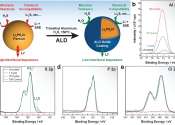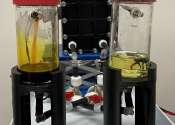Green ammonia for the hydrogen economy
Research in the International Journal of Exergy has looked at how a novel small-scale power-to-ammonia (P2A) system might be a useful tool in the move to a hydrogen economy. The work considers the energy efficiency and cost-effectiveness ...
Nov 3, 2023
0
5









